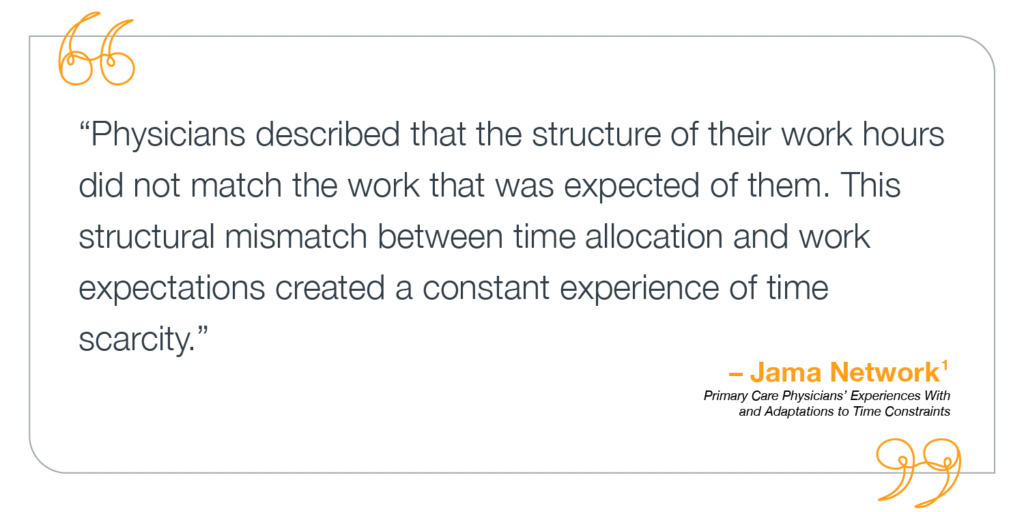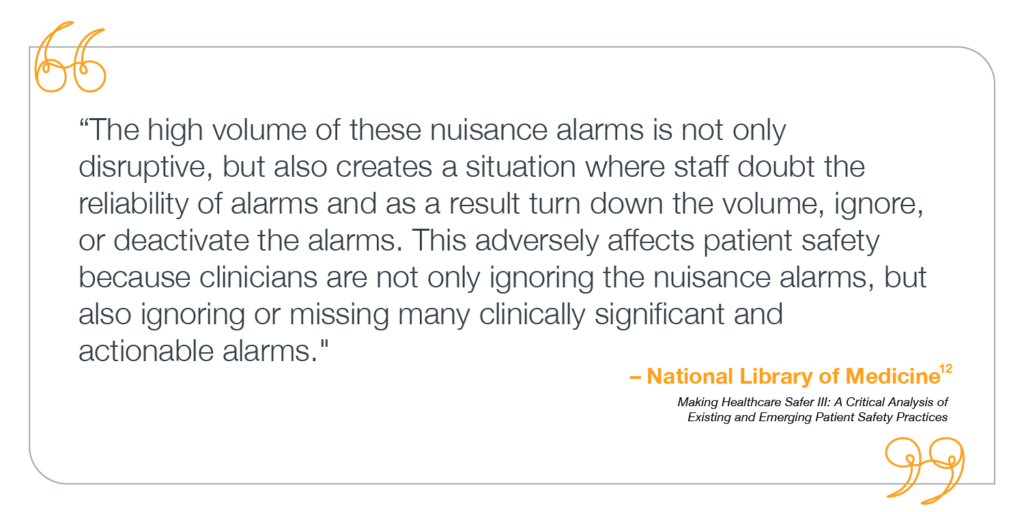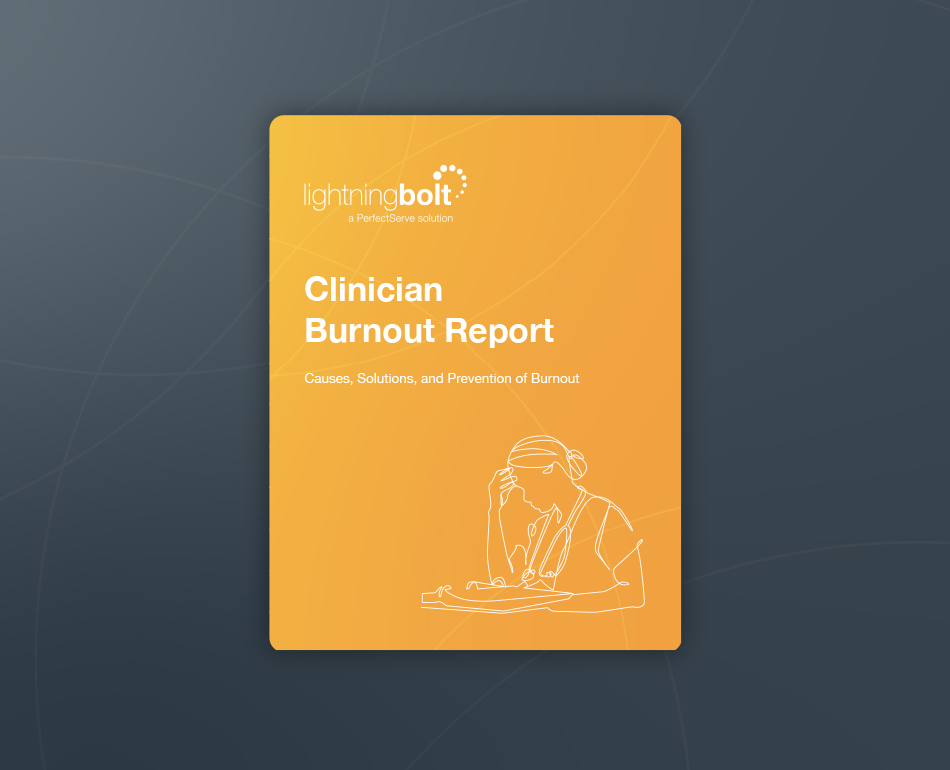Top Physician Frustrations in Healthcare Scheduling
TABLE OF CONTENTS

Physicians often face daily challenges that hinder their morale, work efficiency, and overall job satisfaction. Chief among these are foundational issues with scheduling and communication—two areas that can have a ripple effect throughout the entire care team and negatively affect patient care when they’re not managed properly.
By understanding these frustrations and some of their primary causes, healthcare organizations can start taking necessary steps to help physicians work more effectively and find greater satisfaction in their jobs. Let’s dive in!
Inefficient Schedules in Healthcare
For many physicians, the most frustrating aspects of their work experience are rooted in subpar scheduling processes. From unfair shift assignments to last-minute changes to inadequate coverage to an overall lack of flexibility, physicians face a series of frustrations that can easily impact their job satisfaction and work-life balance, including:
- Excessive administrative tasks (and little to no time to complete them)
- Being contacted while off-duty
- Mistakenly contacting colleagues who aren’t scheduled to work due to misaligned schedules
- Taking patient calls when they aren’t working call shifts
- Having to work even after requesting time off
- Having an unfair holiday shift allotment
- Inaccurate payroll tracking that leads to compensation mistakes

No Time for Administrative Work
A study revealed the average doctor in the US spends 8.7 hours a week (16.6% of working hours) on administration alone. That’s a lot of time, and the statistic is made worse when you consider that doctors who spend more time on administration have lower career satisfaction.2
Another study found that, in addition to lower levels of career satisfaction, physicians who reported higher percentages of time spent on administrative duties had higher levels of burnout and were more likely to consider seeing fewer patients in the future.3
Though there are many causes for excessive administrative tasks, these tasks are still essential to delivering quality patient care. In other words, providers need time to perform these duties, but their schedules just don’t allow for it.
Interruptions When Off Call
Working a call shift comes with the expectation of getting urgent patient calls at all hours, but for some providers, calls somehow make it through even when they aren’t on the schedule. This interrupts family and vacation time, and it can seriously impact a provider’s ability to relax or unplug when they aren’t working.
Physicians often receive these errant messages because the schedule isn’t accurate. Whether it’s a practice relying on a live answering service or a hospital using a dated call center platform, a schedule with incorrect information can easily result in patient calls being routed to the wrong provider.
Inequitable Shifts
Making physician schedules equitable is next to impossible without some type of assistance from technology. Even the most diligent scheduler can’t manually track shifts, balance weekend and holiday assignments, and ensure completely fair distribution without being overwhelmed by the complexity.
However, it’s understandably frustrating for a provider who worked last Christmas Eve to be on call again for the same holiday this year. This can foster perceptions of favoritism, as physicians may feel they are consistently given the more difficult shifts while others receive preferential treatment with desirable schedules.
This frustration is common because, without technology, there’s no easy way to track scheduling data to make sure harder shifts, holidays, and other shift types like weekend call are distributed fairly.
Not Knowing Who to Contact
When schedules are outdated or inaccurate, physicians often struggle to connect with the right provider. How can you deliver timely patient care or consult with the appropriate on-call provider under these circumstances?
In enterprise healthcare settings, poor on-call management not only wastes valuable time but also directly jeopardizes patient outcomes. Delays caused by unsuccessful attempts to reach the correct provider or by searching for accurate contact information—estimated to consume 40% of communication time, according to one study—can result in critical treatments being postponed or missed entirely.4
Incorrect Contact Information
Having incorrect contact information is another common source of frustration for physicians and is also a barrier to efficient patient care. As one example of how this might play out, according to the National Library of Medicine, an estimated 80% of serious medical errors involve miscommunication during patient transfers.5 If critical patient information doesn’t make it to the right place, the risks can be immense.
Instead of leaning on an accurate schedule, care teams often waste time paging or calling the wrong physician, looking for updated contact information, or combing through desktop calendars and sticky notes.
Growing Feelings of Burnout
A Lack of Provider Wellness Tools
Workforce management solutions that bolster provider wellness initiatives are being instituted with greater frequency to mitigate some of the causes of and feelings associated with burnout. Unfortunately, a good portion of physicians still express feelings of burnout, and that carries some risks as well. Burnout has variously been linked to:6
- Lower patient satisfaction rates
- Lower patient care quality
- Higher medical error rates
- Higher physician staff and turnover
Let’s be clear—these outcomes are not standard across care teams, and a physician who’s feeling less than 100% is not guaranteed to make some kind of critical mistake, but that doesn’t make burnout any less prevalent or any less threatening. We need to continue chipping away at the factors that cause distress to make physician wellness a more easily attainable reality.
No Schedule Autonomy
Lack of schedule autonomy is another common source of frustration for physicians, which means they often don’t feel like they have much control over how their work schedule is structured. This can directly lead to lower job satisfaction. In fact, 39% of providers feel a “more manageable work schedule” would decrease feelings of burnout, and 36% feel “increased control/autonomy” would do the same.7
Autonomy can take many forms, particularly the ability to request time off and have input on shift preferences. This doesn’t mean physicians only work the most desirable shifts, but if one provider prefers weekends while another does not, a scheduler should be able to accommodate these preferences whenever possible.
Patient Communication Expectations
A significant number of physicians feel overwhelmed by the volume of communication with patients—such as emails, phone calls, and even text messages—which can be difficult to manage alongside clinical duties.8 This plays into having enough time to work on administrative tasks, as physician schedules often don’t allow adequate time to communicate effectively with patients.
Similarly, provider burnout and frustration are often linked to frustrations with low levels of patient engagement. Physicians may tell their patients one thing, but patients don’t always listen to their advice, or maybe there’s a knowledge gap that prevents them from adhering to their care plan properly.
Additionally, patients often arrive unprepared, unsure of which symptoms to report, or they attempt to address multiple issues in a single visit.9 This can complicate time management and hinder effective communication during appointments.
Alarm Fatigue
Another longstanding contributor to burnout is alarm fatigue. Though alerts & alarms are a necessity, they’re a frequent source of frustration for almost every member of the care team.
One study on nurses working in intensive care roles found prolonged exposure to loud environments resulted in stress and was a determinant of occupational burnout.10 What’s more, other studies have shown that, while people can adapt to noisy environments, in these situations they tend to “engage less interpersonally and reflectively and show less concern for the patient and environment.”11

Scheduling and communication challenges in healthcare are more than daily inconveniences—they’re key contributors to provider dissatisfaction and burnout.
The frustrations outlined in this piece stem from solvable workflow issues, and with the right tools and practices, you can create a more balanced, efficient, and satisfying work environment. Discover how physician scheduling software can transform these challenges into opportunities, helping your providers focus on what matters most: delivering exceptional patient care.
Sources:
- Primary Care Physicians’ Experiences With and Adaptations to Time Constraints, Jama Network: https://jamanetwork.com/journals/jamanetworkopen/fullarticle/2818067#:~:text=Physicians%20described%20that%20the%20structure,constant%20experience%20of%20time%20scarcity.
- Administrative work consumes one-sixth of U.S. physicians’ working hours and lowers their career satisfaction, National Library of Medicine: https://pubmed.ncbi.nlm.nih.gov/25626223/
- The Impact of Administrative Burden on Academic Physicians: Results of a Hospital-Wide Physician Survey, National Library of Medicine: https://pubmed.ncbi.nlm.nih.gov/28121687/
- Improving Patient Safety Through Provider Communication Strategy Enhancements, National Library of Medicine: https://www.ncbi.nlm.nih.gov/books/NBK43663/
- Critical Communication: A Cross-sectional Study of Signout at the Prehospital and Hospital Interface, National Library of Medicine: https://pmc.ncbi.nlm.nih.gov/articles/PMC7047340/#:~:text=An%20estimated%2080%25%20of%20serious%20medical%20errors%20involve%20miscommunication%20during,United%20States%20alone%20%5B6%5D.
- Physician Burnout: Its Origin, Symptoms, and Five Main Causes, American Academy of Family Physicians: https://www.aafp.org/pubs/fpm/issues/2015/0900/p42.html
- Depression, Burnout & Wellness: Lasting Pandemic Lessons for a Rural Physician, American College of Osteopathic Internists: https://www.acoi.org/blog/depression-burnout-wellness-lasting-pandemic-lessons-rural-physician
- Managing patient communication to reduce physician burnout, Athena Health: https://www.athenahealth.com/resources/blog/patient-communication-physician-burnout?
- Challenges faced by physicians when working with patients, Infermedica: https://infermedica.com/blog/articles/challenges-faced-by-physicians-when-working-with-patients?
- Impact of Alarm Fatigue on the Work of Nurses in an Intensive Care Environment—A Systematic Review, National Library of Medicine: https://pmc.ncbi.nlm.nih.gov/articles/PMC7697990/#B19-ijerph-17-08409
- Sensory Overload and Technology in Critical Care, ScienceDirect: https://www.sciencedirect.com/science/article/abs/pii/S0899588518300030?via%3Dihub
- Alarm Fatigue, National Library of Medicine: https://www.ncbi.nlm.nih.gov/books/NBK555522/#:~:text=Alarm%20fatigue%20occurs%20when%20clinicians%2C%20especially%20nurses%2C%20become%20desensitized%20to,missed%20alarms%20or%20delayed%20response.&text=Alarm%20desensitization%20is%20compounded%20by,or%20nonactionable%20alarms%20occur%20frequently.



